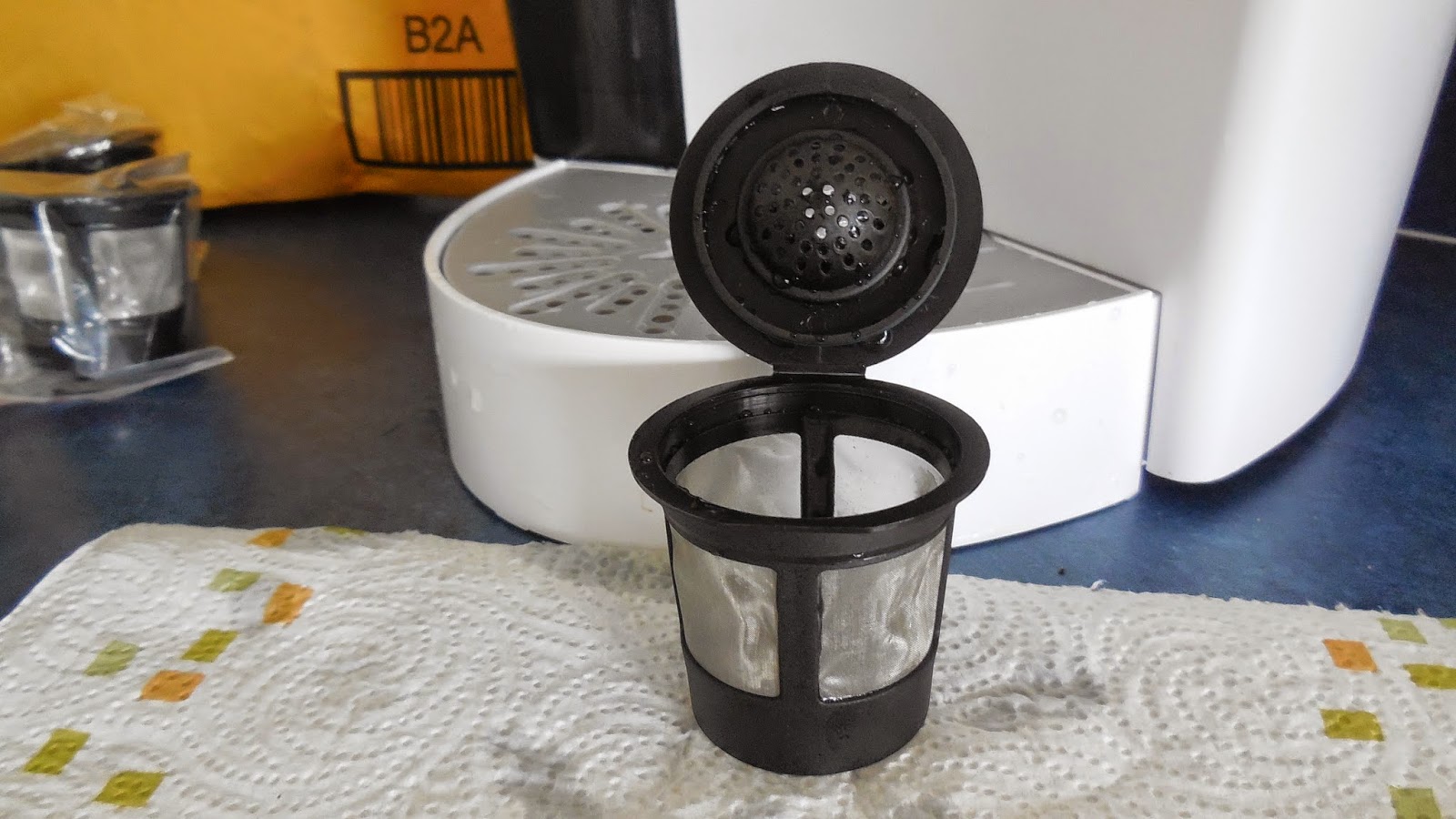Last things first, here's a shot of my dinner plate with all of the traditional southern elements on it. Black eyed peas, greens, pork and corn bread. Served with a little sprinkle of hot sauce. Done and done. I won't have to cook again for a month.
Southern food traditions are not new to me -- I can and do eat grits now and then, for example. But I've never tried the New Year's tradition of black eyed peas. Research on the internet gave me two recipes that seemed within my skill set, and though there are lots of variations on this one, I stuck with a fairly basic approach. It's based largely on a
recipe by Emeril. This all started when I walked into a local supermarket and saw a table stacked high with one pound bags of blacked eyed peas, marked down to $1.29 (from $1.59).
Last night, after chatting with my favorite teenagers on earth over Skype, I put the beans in a pot, added 6-8 cups of water as directed on the package, and left them on the counter over night to soak. This is how they looked this morning. Drain and rinse. Repeat. Set the beans/peas aside.
Recipes of this type are guidelines, no chemistry involved, unlike baking. Research had indicated that this could be bland, so I chose two different kinds of pork products to flavor it. The thick sliced hickory smoked bacon -- about a half pound. And a cup of diced leftover Christmas ham. All the recipes I saw also called for at least one whole onion. This is a large sweet onion.
This cast of characters photo (below) is a little misleading. Because I used bacon, I never used the olive oil. And since I used bacon and couldn't find a low sodium chicken broth, I didn't use the salt either.
Brown up the bacon, add the onion and ham and --
this is a lot -- 2 tablespoons of minced garlic.
Also add two bay leaves, a half teaspoon or so of thyme, and as much pepper as you like.
Cook all of this until you've rendered most of the fat out of the bacon and the onions are soft.
Add a full quart of chicken broth (4 cups) plus one cup of water to the pot. Add the peas/beans at this point, and stir. Bring the mixture to a boil, cover and reduce the heat to low. Simmer for 25 minutes.
Remove the cover and continue to cook uncovered for another 25 minutes on medium-low heat or until the beans/peas are tender. Adjust seasonings to your taste. Variations include celery, red bell pepper, ham hocks, canned diced tomatoes and stir in torn up kale when 5 minutes of cooking time remain. Serve as a side dish with greens, cornbread and a pork main dish. Add rice to it and you can call it Hoppin' John, another traditional southern New Year's dish.
Or you can cut a small piece of cornbread in half and ladle up some black eyed peas over the top. Add some hot sauce of your choice -- but be sure to get plenty of pot liquor. And always remove bay leaf from anything you've cooked before you dig into it. This was really, really yummy for lunch today. It'll also be served with greens and a pork tenderloin for supper tonight. And cornbread. Which is a whole other story.


















